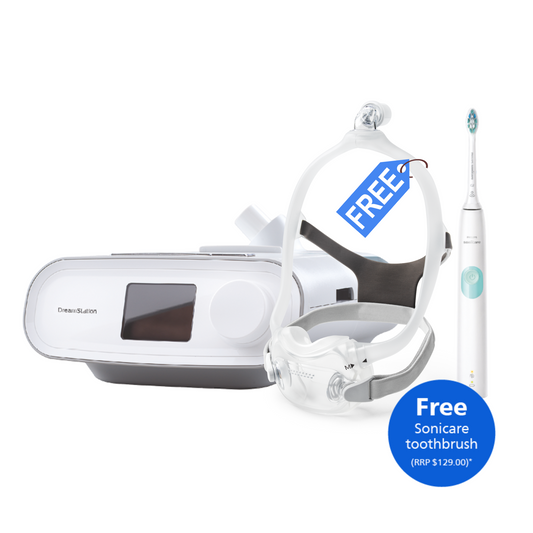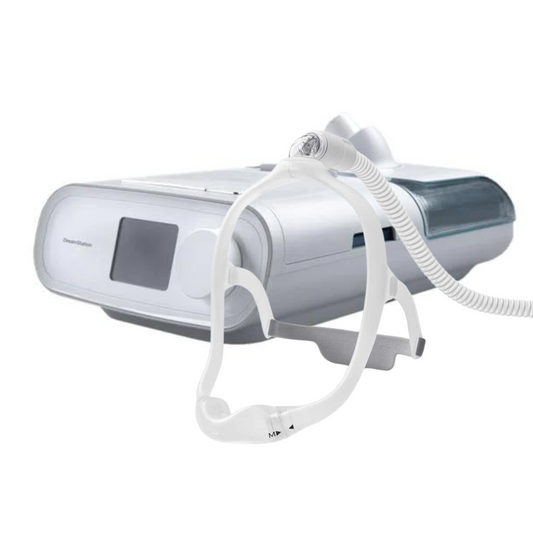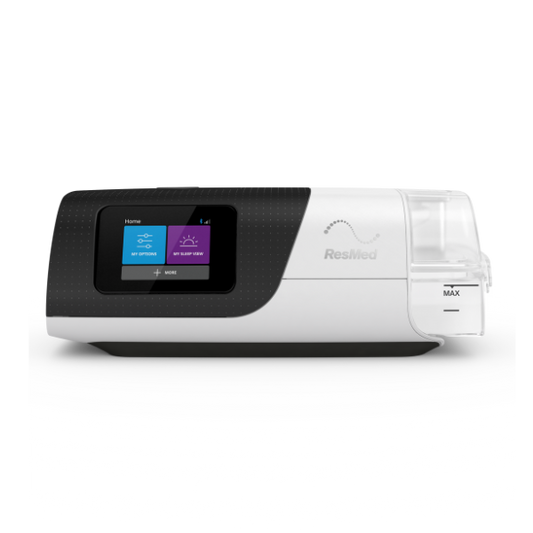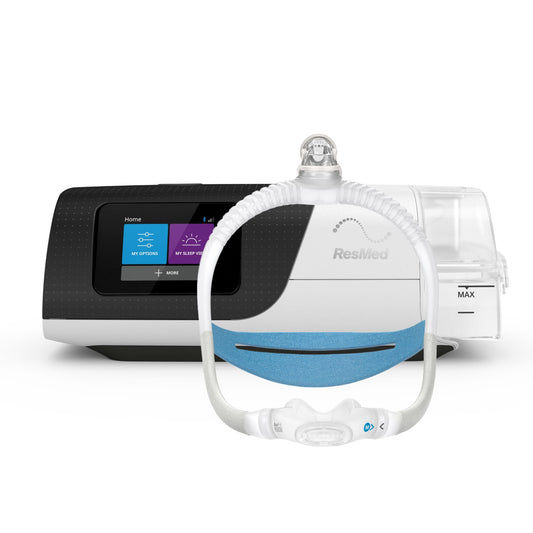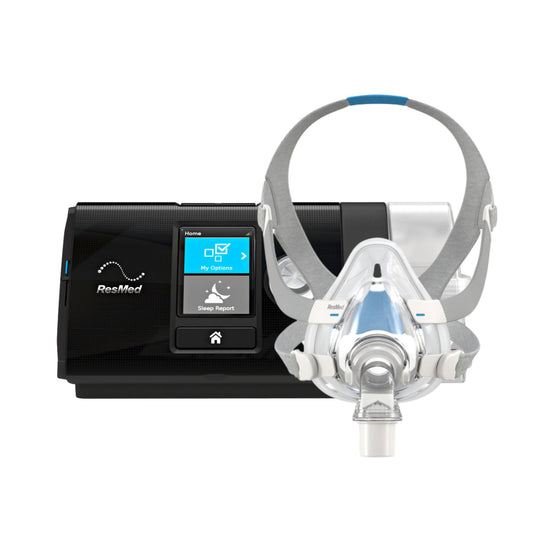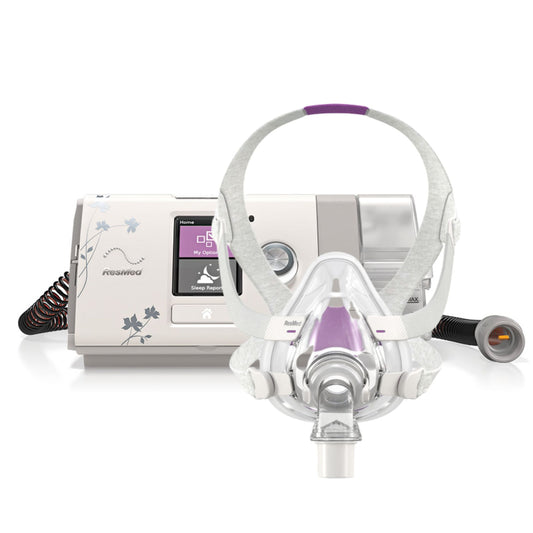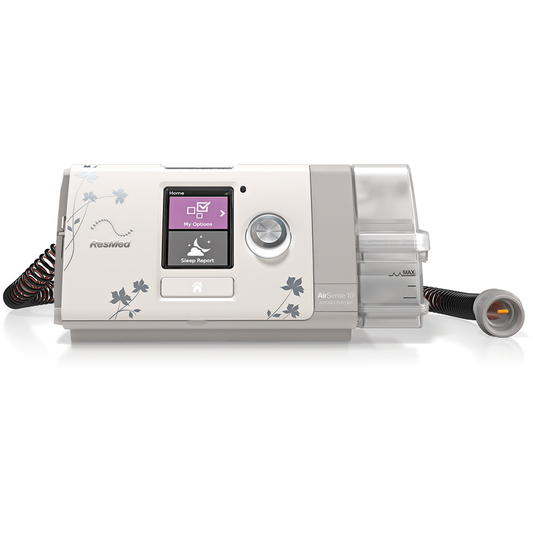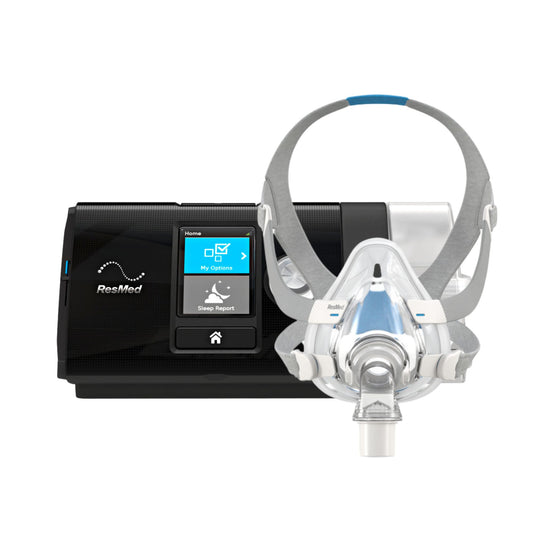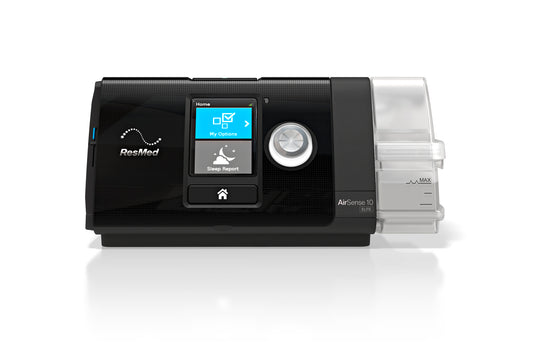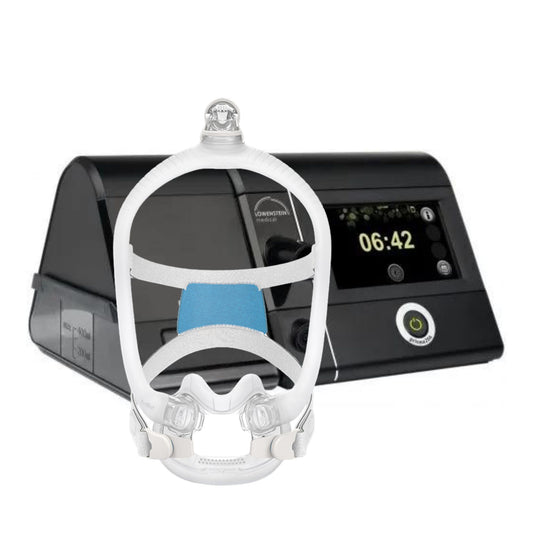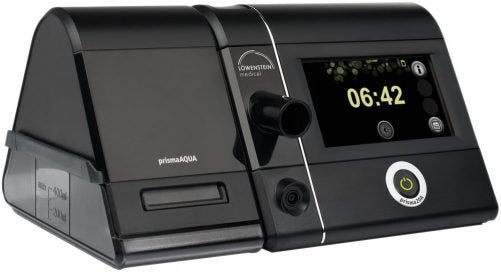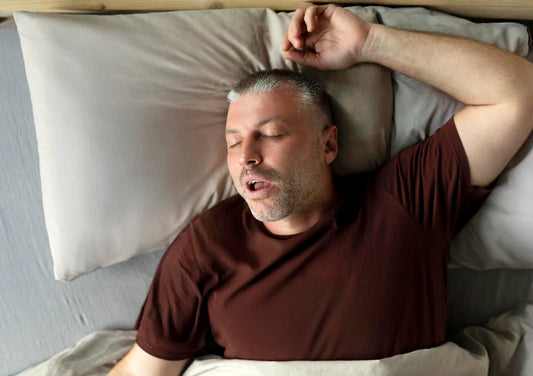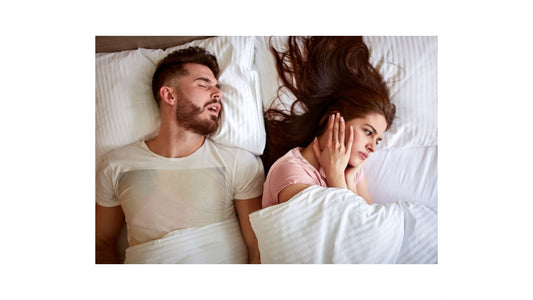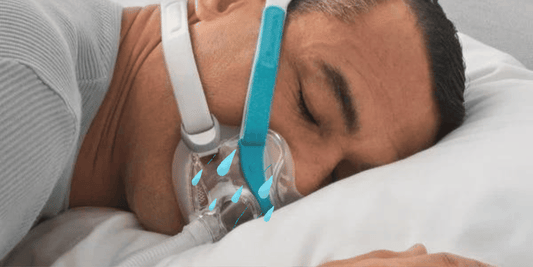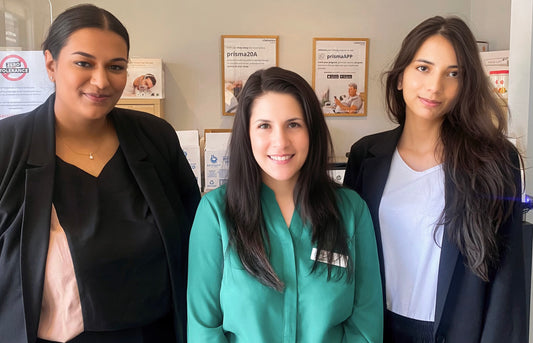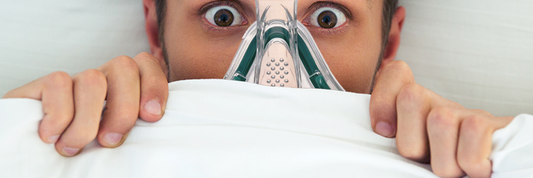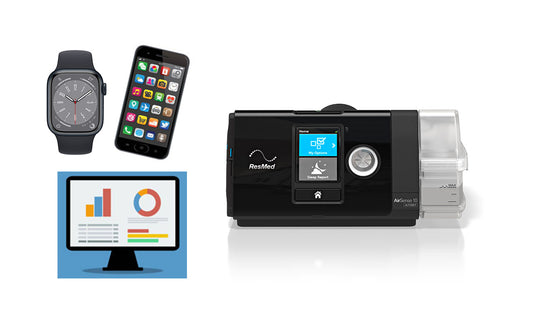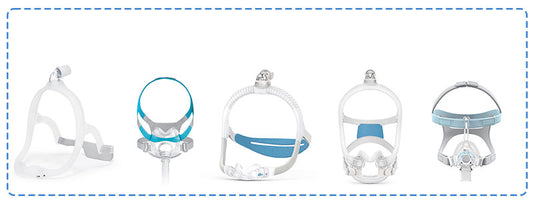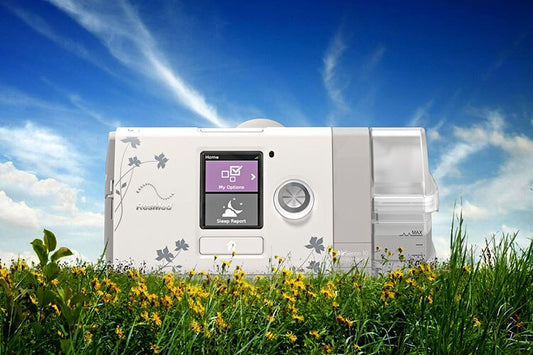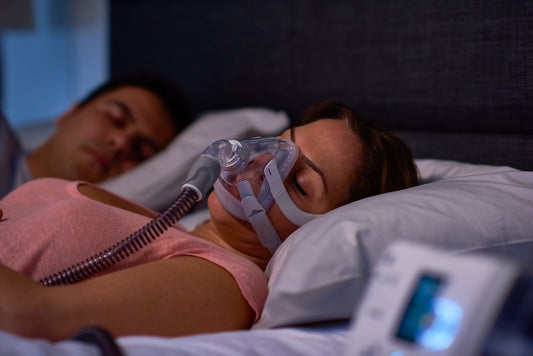There are three different types of sleep apnoea and they are obstructive sleep apnea, central sleep apnea and mixed sleep apnoea.
Obstructive Sleep Apnoea
Obstructive sleep apnea or OSA is caused by complete or partial blockage of one’s airways when sleeping. During sleep a person’s throat muscles relax causing the fatty tissues of the throat, and the tongue to fall back into the person’s airways thereby blocking airflow. This is the apnea event and when this happens, the air flow is restricted causing diminished blood flow into the brain. The brain partially awakens and prods the body to breathe. This event is followed by snoring or gasping or choking sounds as the person breathes deeply to overcome the obstruction.

Central Sleep Apnea
CSA or central sleep apnea is an event wherein the brain temporarily stops to signal the “breathing” muscles to work. In this instance, CSA is more of a communication trouble than a mechanical one. Studies indicate that about 20% cases of sleep apnoea are actually CSA. Generally, central sleep apnoea is due to conditions affecting the brainstem, and co-morbidities of other medical problems.
Mixed Sleep Apnea
Mixed sleep apnoea is condition wherein a person initially manifests the symptoms of central sleep apnoea and after about 10 seconds shows signs of obstructive sleep apnoea. A person with mixed sleep apnoea is diagnosed with obstructive sleep apnea, showing an AHI greater than 5. He also has central sleep apnoea with an AHI over 5. Central sleep apnoea events are usually ignored at the start of sleep apnoea treatment but when the condition persists it may be that the person has mixed apnoea.
Mixed sleep apnoea should not be confused with complex sleep apnoea. This condition is diagnosed when a patient has obstructive sleep apnoea that is treated by CPAP or BiPAP therapy. Even so, central sleep apnoea manifests even when the patient is undergoing treatment with a CPAP device.
What Causes Mixed Sleep Apnea?
Basically, mixed sleep apnoea is present if an obstructive event happens during a central apnoea event. The cause is not clear but a mixed sleep apnoea episode may occur when a person tries to breathe during an obstructive episode. Why?
The blood oxygen level is low after cessation of breathing in one’s sleep. The tendency is for the person to gasp and exert effort to breathe and recover normal oxygen level. The effort to breathe triggers the formation of carbon dioxide in the blood which in turn can trigger a central apnoea episode. When the obstructive sleep apnoea episode is more difficult, it is more likely that the patient has mixed apnea. Once obstructive sleep apnoea is treated, the mixed apnoea event will likewise disappear.
CPAP therapy will definitely improve a mixed apnoea condition but there is a more a more complex machine to address this sleep disorder. The machine is ResMed’s VPAP Adapt SV.
Call us up for more information.
